Santos, our port of call on day seven. As we cruised into the dock, it was very clear this is a port with lots of shipping going on. There were a number of freight terminals, what appeared to be grain towers and lots of ships waiting to get in and unload.
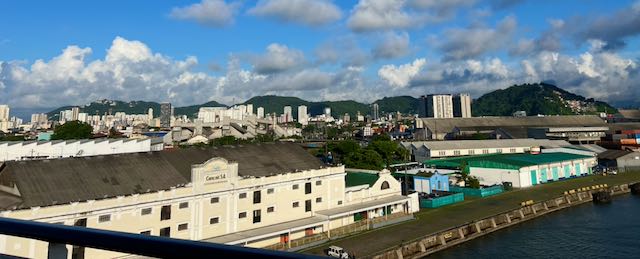
Founded in 1546 by the Portuguese nobleman Brás Cubas, it is located mostly on the island of São Vicente, which is harbor to both the city of Santos and the city of São Vicente, and partially on the mainland. It has a population is 433,656.
Before we event started our scheduled adventure, which was after lunch, we decided to go ashore and take the shuttle bus to the Praiamar Mall. This shopping mall is huge and not unlike any other big mall we have been in over the years.
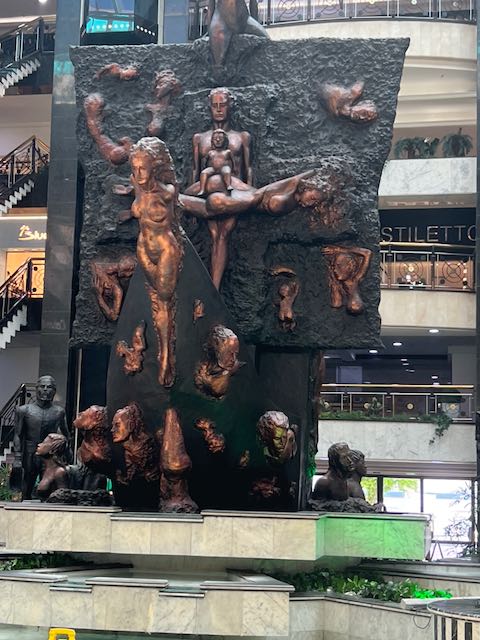
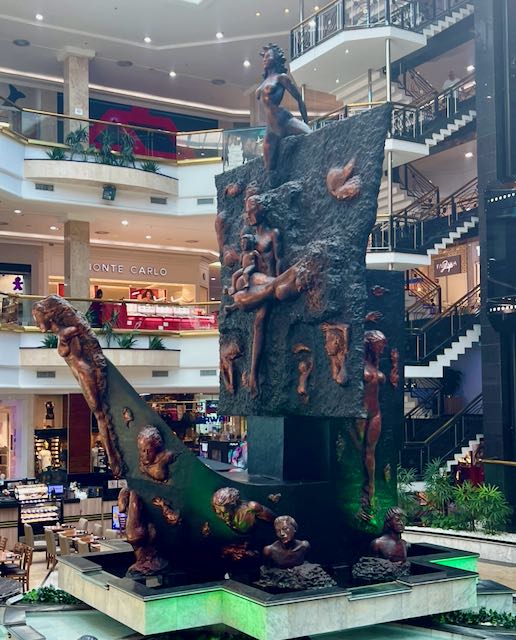
Of course, there was a Starbucks and a Calvin Klein, Sleep Doctor, IPlace (really an Apple store) Lacoste, Levis and many more. Our goal was to find some band aides for Janeen and a computer cable for David. Without a location map and anyone speaking English it was a challenge but we were able to accomplish both tasks and get back to the Ship for lunch.
After lunch we walked of the ship, found our way through the dockside throng of people and finally boarded our bus for the afternoon excursion. Our guide Bianca gave some highlights about the city – seems all the grain silos we could see were for soy beans and a very large refrigerated building was for orange juice! Santos is one of the largest shipping ports for coffee and there is a long history of coffee production and sales going back several hundred years. The orange juice just struck me as being strange – large tanker trucks and ships are specifically designed to support the transportation of this juice from inland to the harbor.
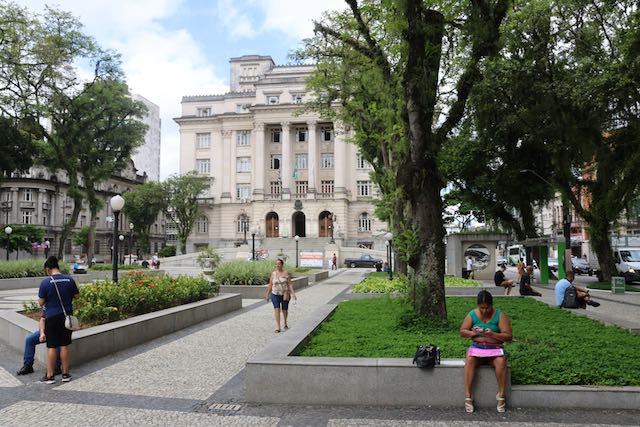
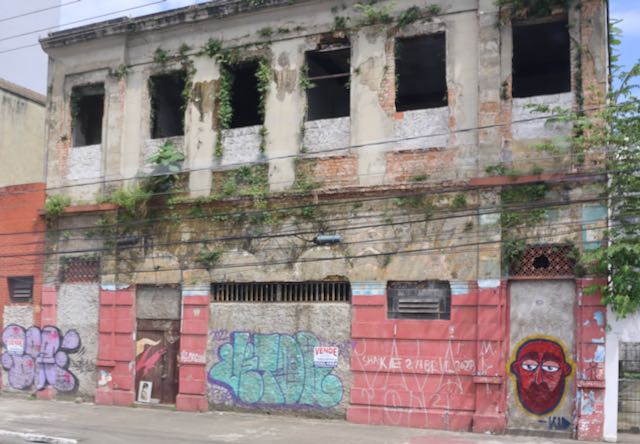
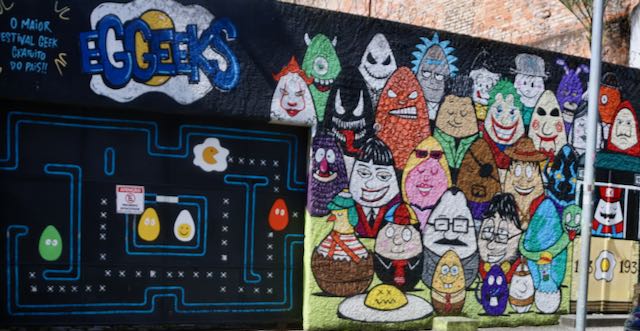
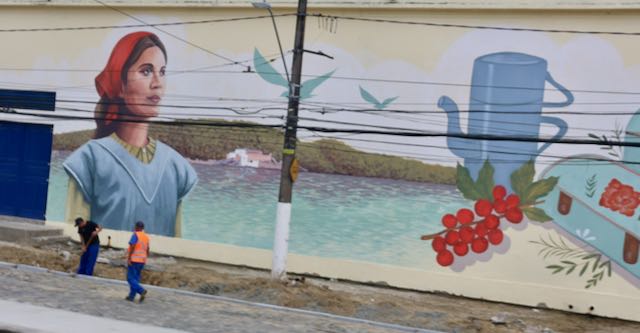
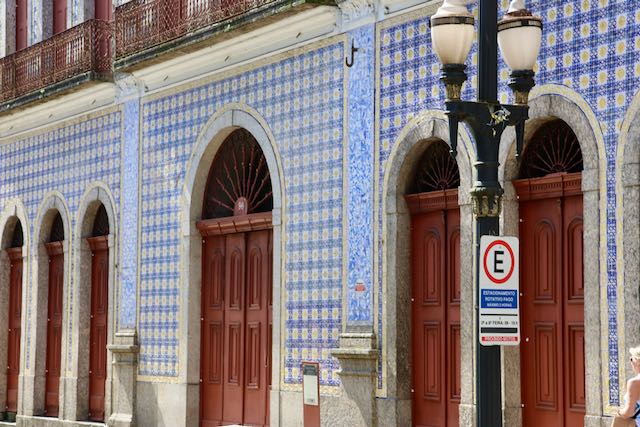
Our first stop was to the Coffee Museum. The Coffee Museum is housed in what used to be the Coffee Stock Exchange, where Brazilian coffee was weighed and traded before being sent through the Santos Port and overseas.
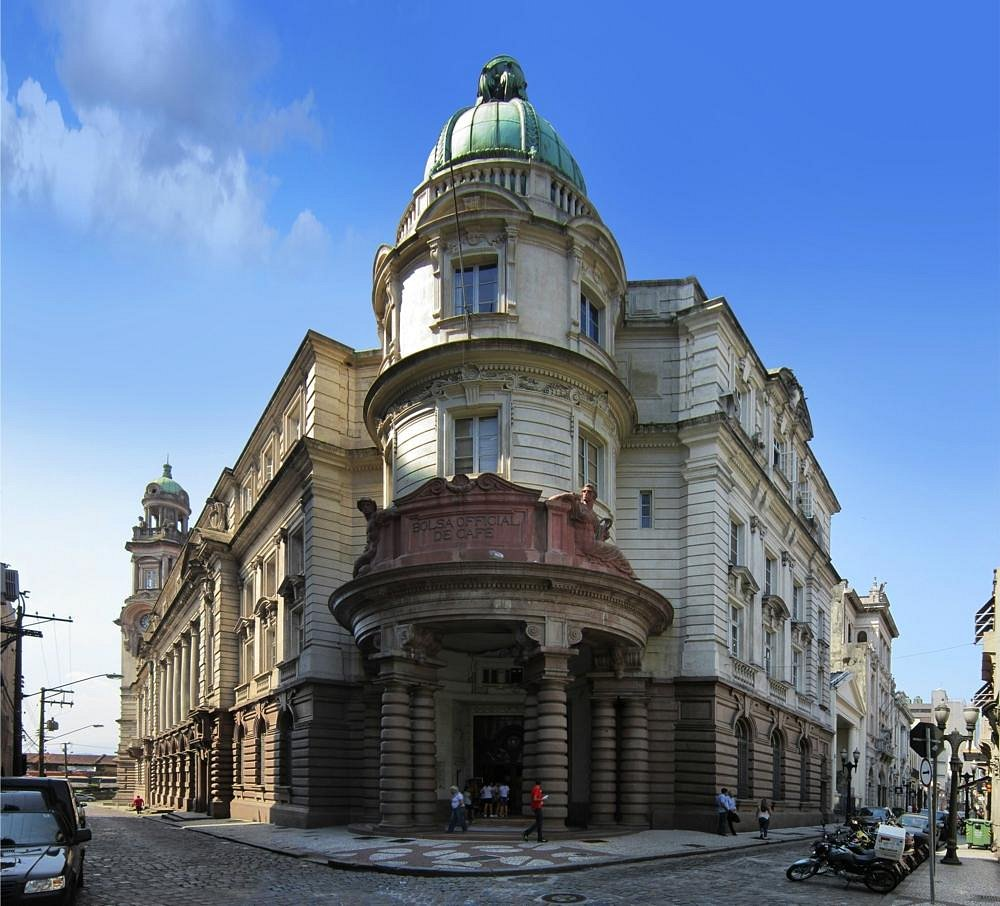
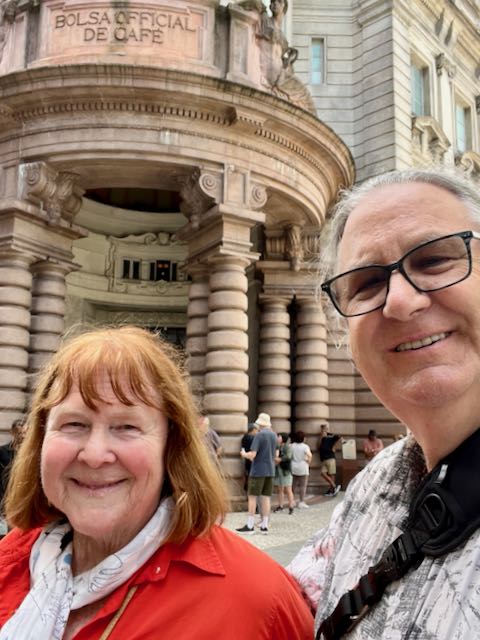
The museum was Inaugurated in 1998 and quickly became one of the main touristic attractions of the City. The concept was to preserve and make known the history of coffee in Brazil and in the world. Originally the building was the main auction house for coffee beans that would be shipped around the world.

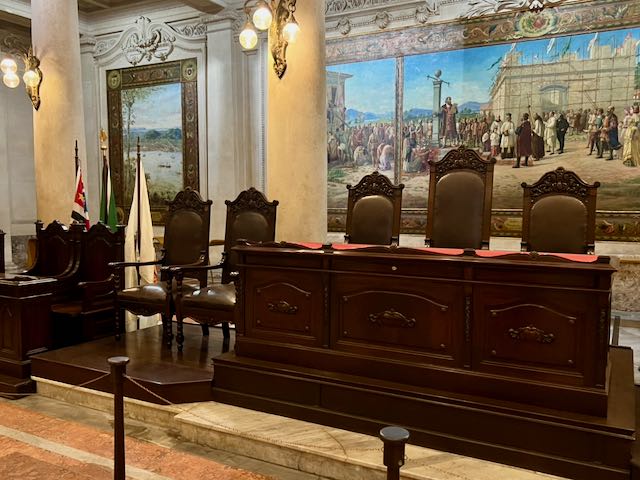
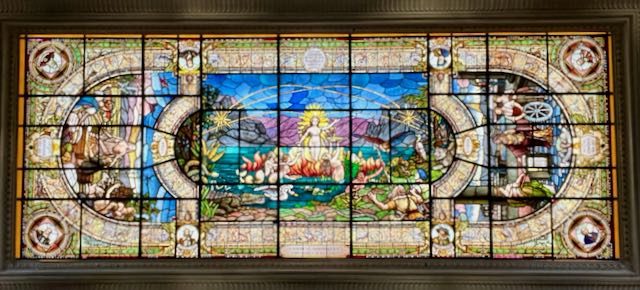
The evolution of the coffee culture and the political, economic and cultural development of the country are closely connected to coffee since the second half of the 18th century and up to current time. Our group of explored the building at our leisure and of course had the opportunity to purchase coffee and other items at the end of the tour.
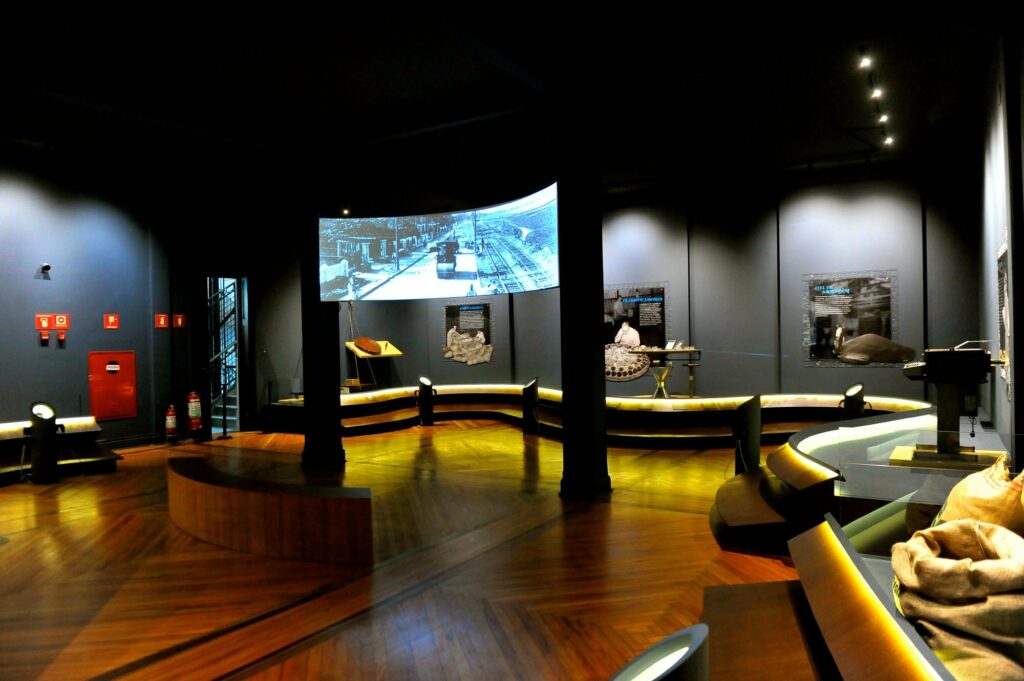
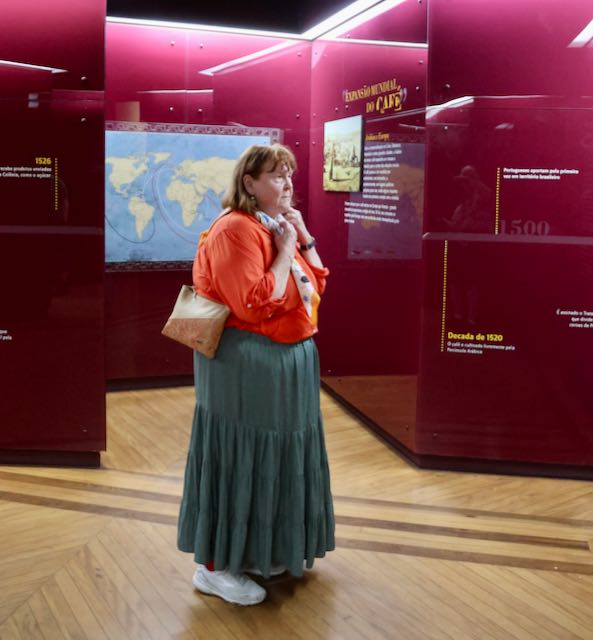
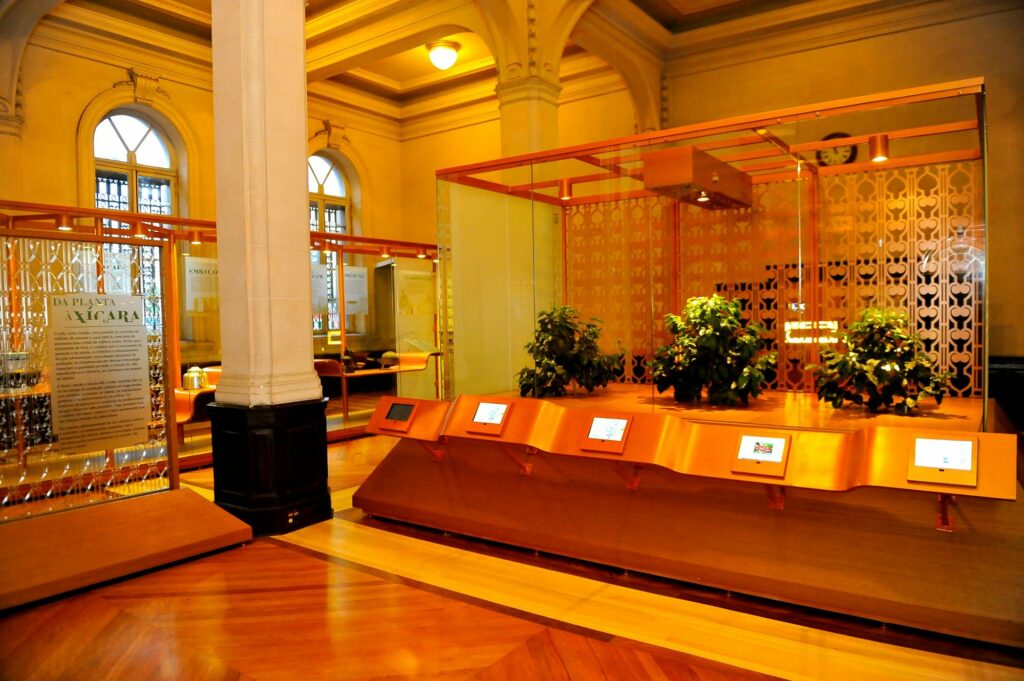

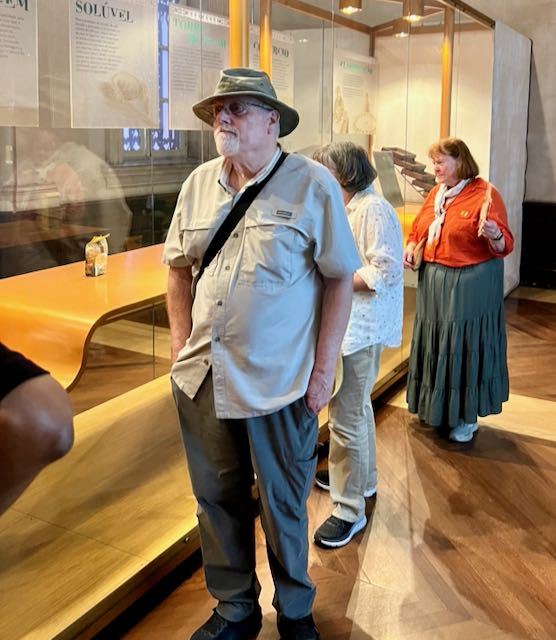
After the Coffee Museum, we walked through the old section of the City – many of the buildings having been abandoned and left to ruin – while others are being restored maintaining the historic fronts and building all new structures inside. Our next stop was The Pele Museum.

One of the most highly regarded football players (soccer) know around the world is Pele. It seems he has a connection to Santos and said if they (the city) would create a museum in his honor, he would donate all of his vast collection of all things football. Opened in 2014, the site aims to highlight the success and the memory of the ” king of football.” For this, it exhibits a collection of items that tell Pele’s history. The museum is filled with photos and various trophies and cups of the football star.
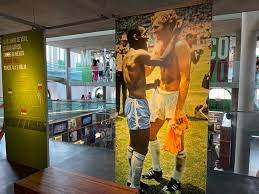
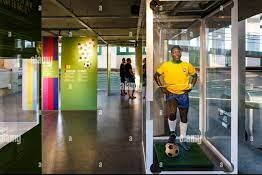
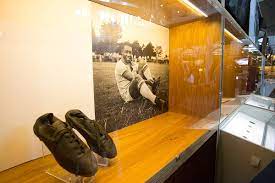
After our visit to the Pele Museum we went to the botanical gardens which are located in the center of Santos. This botanical garden covers more than 22 acres and has more than 300 catalogued plant species, divided into 20 botanical collections, such as Amazon and Atlantic Forest, hardwood, 65 species of palm trees and endangered species. Work on the park began in 1925 in the old Municipal Nursery Gardens, located beside Santa Casa hospital, where City Hall gardeners planted the first seedlings and cuttings. In 1973, this work began to be carried out in the current grounds, in Bom Retiro, which then became the Botanical Gardens in 1994, when it started to offer conservation programs, especially for native Atlantic Forest species.
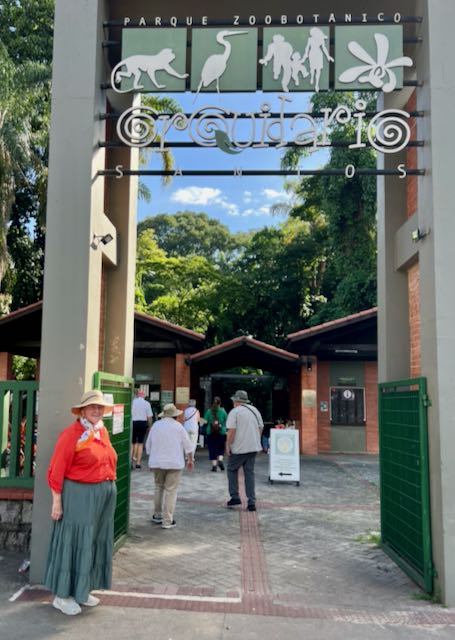
Along with the various plants, there were a number of enclosures of various animals. While there were not many orchids in bloom, we did find a couple that were very beautiful.

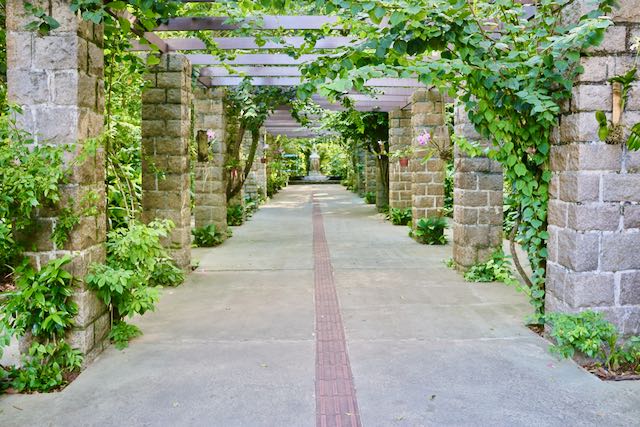
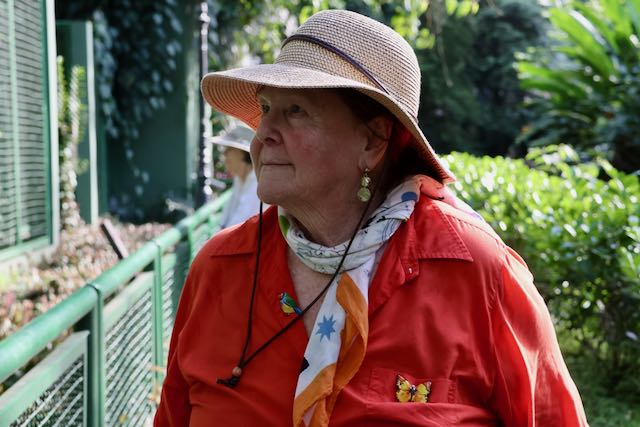
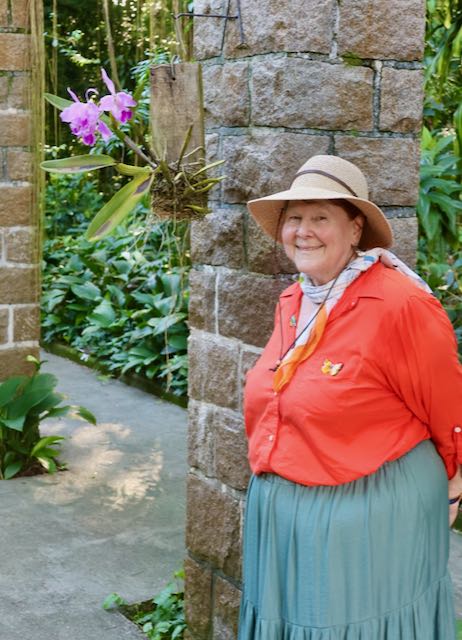
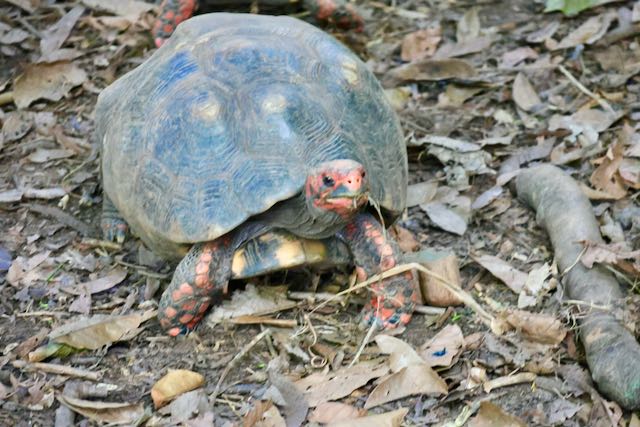
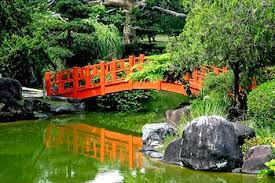
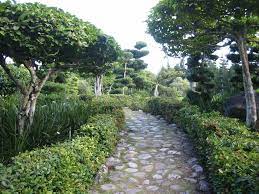
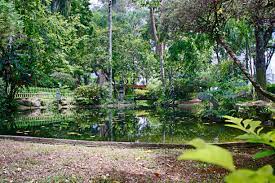
On the way back to the ship, we drove by the vast beach area – covering some 3 or 4 miles with various parks and biking paths. According to the Guinness Book, Santos has the longest beach garden in the world. It was a beautiful day and there were lots of people enjoying the beach and the various attractions along the way. During the summer season, Santos population increases by thousands because of their beautiful, well maintained beaches.
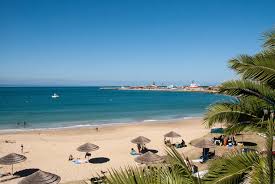
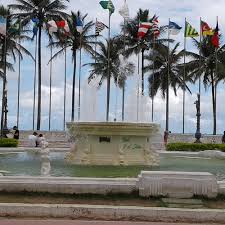
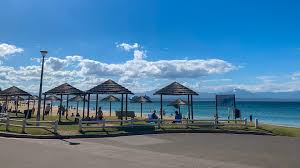
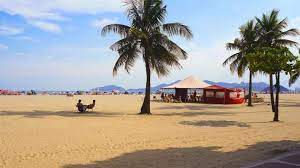
David, you really have a gift in making these travel logs interesting and informative!
Was disappointed that nobody had cup-in-hand in the coffee museum. What’s that about? 😉
That area is one I did not see while on my Brazil travels. It looks very interesting and appreciate the history you provide. I love reading your blogs. Can’t wait for the next one. Hugs
WOW! you’re seeing lots of fun things. Does Torrey get this coffee!
Did the coffee museum have a lovely aroma? I’ll have to add this area to my list of places to visit.
No!